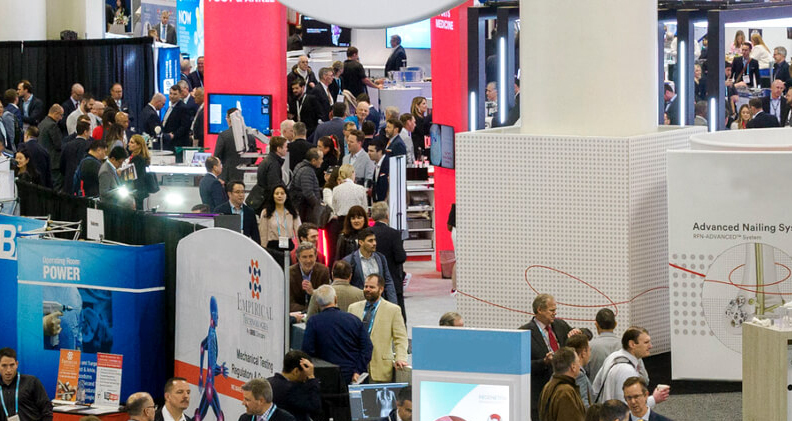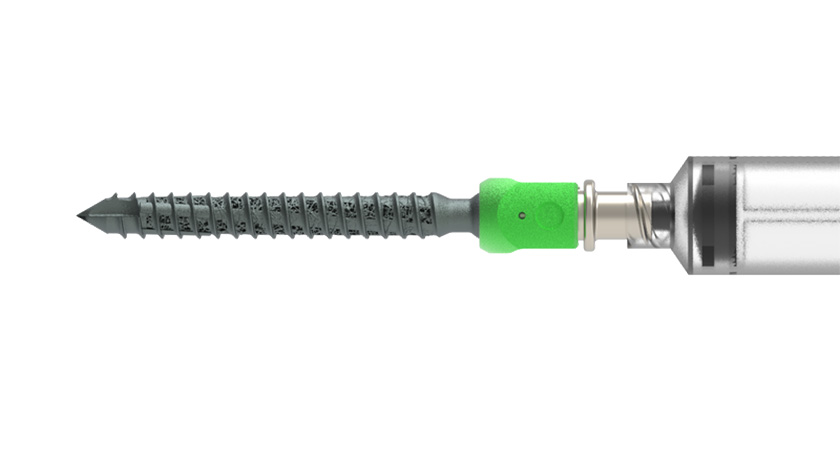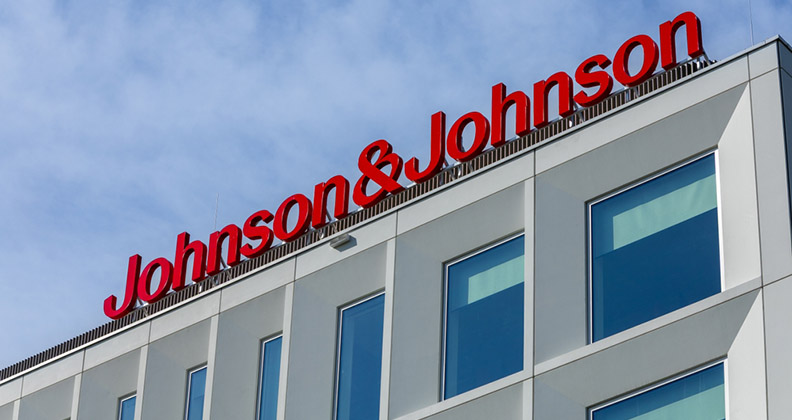
Our editorial team will be in San Diego this week for AAOS 2025, where we’ll meet with industry leaders, talk to top surgeons and attend education sessions to learn about the latest advances in orthopedic care. We’re also ready to explore the expansive exhibit hall to check in on the companies that are defining market segments and introducing innovative technologies and devices. Here are a few of the booths we’ll be sure to visit.
Enabling Technology
At last year’s AAOS meeting, Think Surgical (Booth #3419) made headlines by adding knee replacement implants from Waldemar Link, Maxx Orthopedics and b-ONE Ortho to its proprietary data bank of implant modules for use with the TMINI Miniature Robotic System. To date, THINK Surgical has partnered with nine FDA 510(k)-cleared implant partners. TMINI is a compact and affordable option in robotic guidance that’s designed with ASCs in mind, differentiating factors in the surgical robotic space.
In September, THINK Surgical released version 1.1 with the TMINI PRO, which empowers surgeon choice throughout procedures by enabling Positional Refinement and Optimization (PRO) of the implant that’s tailored to the patient’s anatomy.
Globus Medical (Booth #2517) received FDA 510(k) clearance in July for the ExcelsiusFlex robotic navigation platform, a positioning system with a computer-controlled robotic arm, hardware and software that works in conjunction with the company’s ExcelsiusHub navigation, which launched in November. The addition extends the reach of the Excelsius ecosystem in a design and footprint that’s well-suited for ASCs.
We heard buzz about Zimmer Biomet’s ROSA Shoulder at last year’s academy about a week before it received FDA clearance. We’re looking forward to learning more about the system from Zimmer Biomet (Booth #3129) reps this time around. ROSA Shoulder is the first robotic surgery system for shoulder replacement and adds to the ROSA robotics portfolio, which includes ROSA Knee and ROSA Hip.
First-time exhibitor AIRSURGICAL (Booth #5312) is traveling from South Korea to showcase its new platform that integrates artificial intelligence and robotic technologies. The company wants to create digital procedures that increase surgical accuracy and reduce the burdens on surgeons during more efficient surgeries that require fewer surgical team members.
Joint Replacement
restor3D (Booth #3439) added the Kinos Range articulating surface to the Kinos Total Ankle System, a family of vitamin E, highly-crosslinked polyethylene and 3D-printed cobalt chrome implants that allow surgeons to tailor the interchangeable articulations to the specific soft tissue anatomy of individual patients. The Kinos Range of implants show reduced wear properties in gait simulations compared to traditional total ankle implants. restor3D said giving surgeons the ability to select patient-specific articulation signals the company’s future efforts to develop revision and personalized ankle implants.
In February, BioPoly (Booth #5119) announced the first elbow replacement surgery that utilized its BioPoly Radial Head Implant, which features a smooth titanium stem that leads to natural positioning and reduced stress on the joint. It’s the only nickel-free radial head implant available on the market. The company’s proprietary synthetic cartilage articulates with native cartilage to prevent damage that’s typically caused by metal implants.
In December, Zimmer Biomet received FDA 510(k) clearance for the OsseoFit Stemless Shoulder System. The implant matches the natural anatomy of the humerus bone for an optimal anatomical fit. Its fin geometry and anchor spacing help surgeons determine the proper orientation during placement and reduces the risk of cortical impingement.
Sports Medicine
Medacta (Booth #2421) has come up with a new way to repair ACLs with the M-ARS anatomic ribbon surgical technique, which offers a more natural reconstruction that optimizes the knee’s biomechanics and enhances graft healing and stress distribution at the insertion site. The graft’s ribbon-like structure replicates the kinematics of the two bundles of the native ACL and reportedly increases the graft/bone interface 25% more than traditional round graft tunnels, a benefit that could increase bony ingrowth.
Last month, ABANZA (Booth #1049) received FDA 510(k) clearance for the WasherCap Mini fixation system. The device provides knotless, bidirectional and tension-adjustable fixation, regardless of bone quality, for use in numerous applications in the knee, hand, wrist and elbow, including meniscal repair and ACL reconstruction. Biomechanical testing shows that WasherCap Mini delivers better fixation strength and minimal displacement during cyclic loading than cortical buttons and suture anchors, according to ABANZA.
Smith+Nephew (Booth #3729) will unveil the company’s TESSA (Tracking Enabled Spatial Surgery Assistant), which combines video processing and augmented reality guidance to assist surgeons in making femoral tunnel decisions during ACL repair by navigating them along an operative plan. TESSA is currently pending FDA clearance.
Orthobiologics
BONESUPPORT (Booth #2719) continues to be one of the fastest-growing companies in orthopedics thanks to the market success of CERAMENT G, an injectable synthetic bone void filler that drove the company’s growth of over 100% for four consecutive quarters. CERAMENT G is made of 40% hydroxyapatite, 60% calcium sulfate and the antibiotic gentamicin sulfate that delivers an antibiotic elution into the surgical wound space.
In October, the company received the results of the Short or Long Antibiotic Regimes in Orthopedics (SOLARIO) study, which showed that patients suffering from orthopedic infections who were treated with antibiotic-eluting bone substitute materials such as CERAMENT G achieved equally good infection prevention with a short systemic course of antibiotics of a maximum of seven days, compared to current standard treatment that extends over at least four weeks.
Trauma
Enovis (Booth #2129) is unveiling the new Tarsoplasty Percutaneous Lapidus System, an approach to the Lapidus bunionectomy that features next generation instruments and implants for a more guided, reproducible percutaneous procedure — enabling surgeons to reduce operative time and improve patient outcomes.
Minimally invasive surgery is the future, and the company is investing heavily in the development of implant technology and instrumentation around the procedure to deliver precise and reproducible percutaneous bunionectomy outcomes.
CytexOrtho (Booth #5117) and VISIE (Booth #5421), two of our startups to watch in 2025, will also be two of our stops on the show floor.
Reach out if you’d like to set up a meeting with a member of our editorial team or swing by the ORTHOWORLD booth (Booth #3631) to say hello. We look forward to seeing you in San Diego!
DC
Dan Cook is a Senior Editor at ORTHOWORLD. He develops content focused on important industry trends, top thought leaders and innovative technologies.




